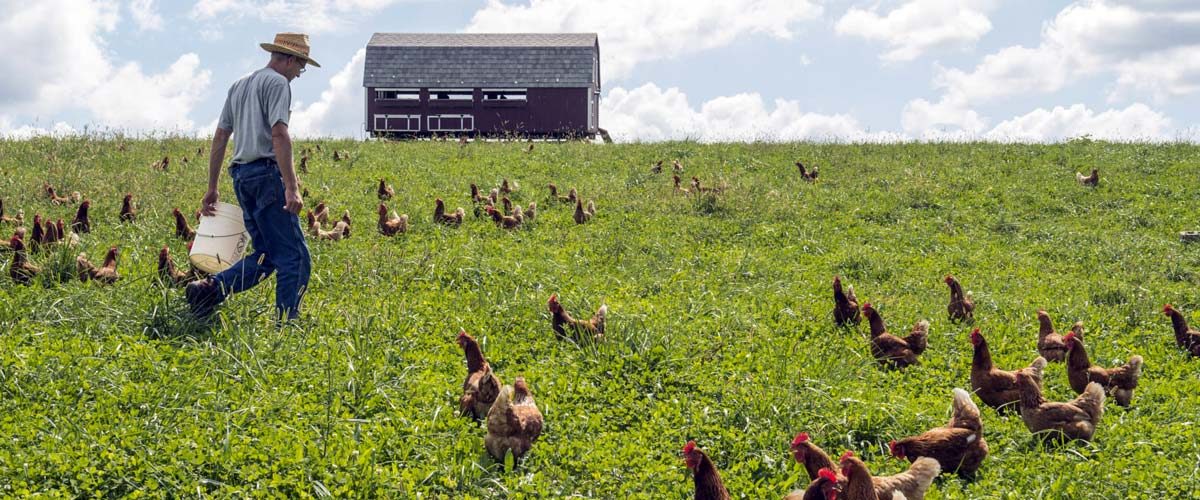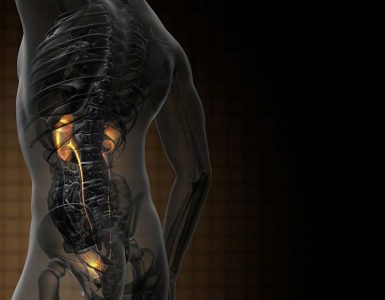Forage plants, especially natural grass, are not readily available in Indonesia for the development of ruminants. This is because most of the land has been used for housing, plantation and industry. Therefore, it is necessary to develop forage plants, including superior grasses and leguminous plants that can be planted on limited land with high production1.
Feed consumed by livestock is partially excreted in the form of manure, which consists of nitrogen (N ammonia). The accumulation of manure in open areas for long periods of time promotes the synthesis of ammonia (NH3) by microbes. This results in atmospheric gas emissions, which degrade overall air quality and can cause respiratory problems in cage workers2.
The N of NH3 manure can be used as a free source of nitrogen in forage fodder, reducing the cost of purchasing N fertilizer. Legumes are able to absorb N-NH3 released from poultry farms to the air. The content of nitrogen in leguminous plant leaves increases in this environment and can be used as high-quality ruminant livestock feed3.

Dwarf elephant grass is a plant that adapt to different types of soil, but requires a greater number of tillers and a longer harvest time. Gliricidia sepium is a leguminous tree with leaves that can be used as animal feed. Gliricidia sepium leaves work well as livestock feed because they have high protein content and grow efficiently, even in the dry season4.
The quality of forage ruminant feed can be determined from its digestibility value. The digestibility value is related to the quantity of food substances that can be absorbed and utilized by livestock. Digestibility is often measured by in vitro systems that mimic the true digestive system. In vitro systems are quite accurate as long as microorganisms and enzymes are sensitive to factors that affect speed and digestion. Therefore a new study was performed with aim to test the ability of dwarf elephant grass and Gliricidia sepium to utilize ammonia nitrogen (N-NH3) from chicken manure and its effect on production, protein content and digestibility in vitro5.
The dry matter production of dwarf elephant grass was higher than that of Gliricidia sepium but for the other parameters such as; the plant height, protein content and dry matter digestibility, the values for Gliricidia sepium were higher than those for dwarf elephant grass. Regarding the plant’s distance from the cage, a distance of 1.5 m yielded the highest levels of dry matter, forage yield, plant height, protein content and in vitro dry matter digestibility.
Nitrogen ammonia from manure has the potential to increase the production and quality of forage feed. Utilization of nitrogen ammonia from manure for plants can reduce contamination to the environment. It was argued that ammonia gas can pollute the environment and decrease the appearance of livestock, increase the sensitivity of cattle to disease and decrease the work efficiency of the cage workers. Therefore, planting forage around the cage can reduce environmental pollution from ammonia.
It was established that Gliricidia sepium is effective at absorbing N-NH3 from grass plants. The best distance is 1.5 m from the chicken coop.
Keywords:
Elephant grass dwarf, Gliricidia sepium, ammonia, emission, capture, protein content, digestibility, absorbing N-NH3, dry matter production, leguminous plant leaves.
References:
- Patterson, P.H. and E.S. Lorenz, 1996. Manure nutrient production from commercial White Leghorn hens. J. Applied Poult. Res., 5: 260-268.
- Carlile, F.S., 1984. Ammonia in poultry houses: A literature review. World’s Poult. Sci. J., 40: 99-113.
- NRC., 2003. Air Emission: Air Emissions from Animal Feeding Operations: Current Knowledge, Future Needs. The National Academy Press, Washington, DC., USA.
- Adrizal, P.H. Patterson, R.M. Hulet and R.M. Bates, 2006. Growth and foliar nitrogen status of four plant species exposed to atmospheric ammonia. J. Environ. Sci. Health Part B: Pestic. Food Contamin. Agric. Wastes, 41: 1001-1018.
- Akmal, Jamarun, N. and Zain, M., 2018. Ability of Dwarf Elephant Grass (Pennisetum purpureum Cv. Mott) and Gliricidia sepium to Capture Ammonia (NH3) Around Chicken Cages: An in vitro Evaluation. Pak. J. Nutri., 17: 306-310.
















Add comment